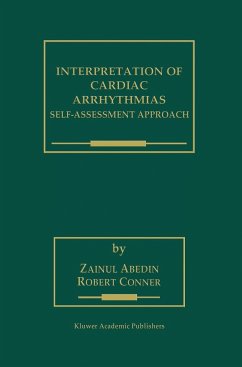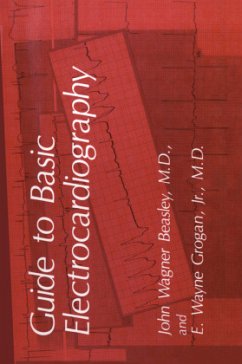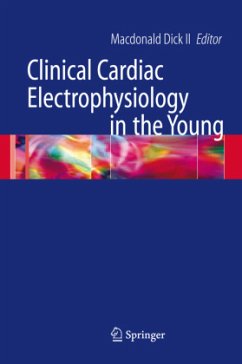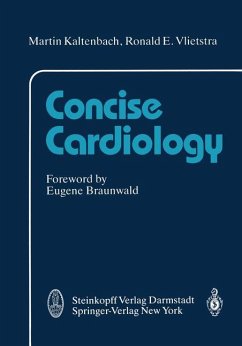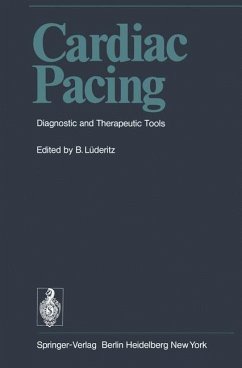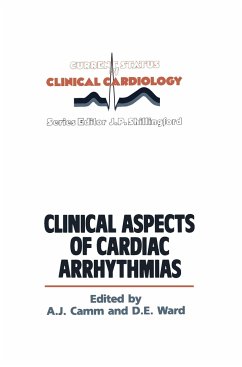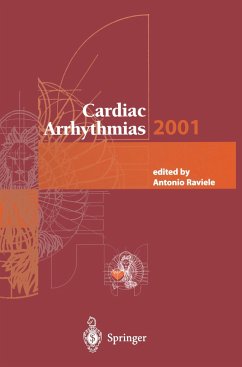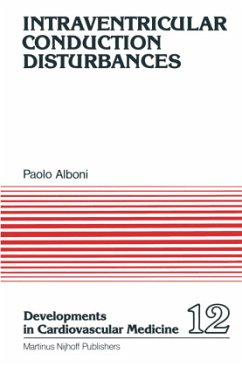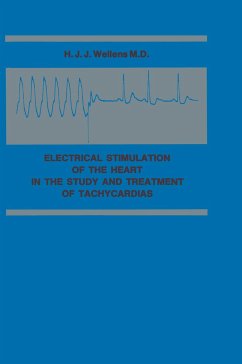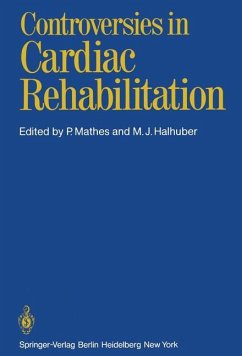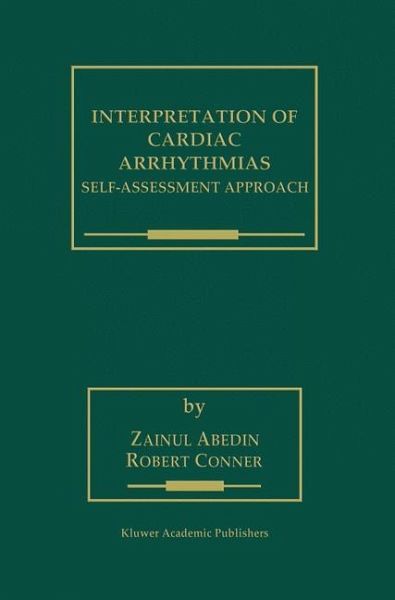
Interpretation of Cardiac Arrhythmias
Self-Assessment Approach
Versandkostenfrei!
Versandfertig in 6-10 Tagen
151,99 €
inkl. MwSt.
Weitere Ausgaben:

PAYBACK Punkte
76 °P sammeln!
Accurate diagnosis of arrhythmias is the goal of this volume. Before the clinician can accurately classify the multiple permutations of cardiac rhythm encountered in daily practice, several essential preconditions must be met. At the most basic level, the clinician must know the diagnostic criteria for each rhythm. Without a clear understanding of these criteria, an accurate differential diagnosis is impossible, and without accurate diagnosis, correct intervention is a mere matter of chance. A second precondition of accurate rhythm diagnosis is an understanding of the mechanism of arrhythmias...
Accurate diagnosis of arrhythmias is the goal of this volume. Before the clinician can accurately classify the multiple permutations of cardiac rhythm encountered in daily practice, several essential preconditions must be met. At the most basic level, the clinician must know the diagnostic criteria for each rhythm. Without a clear understanding of these criteria, an accurate differential diagnosis is impossible, and without accurate diagnosis, correct intervention is a mere matter of chance.
A second precondition of accurate rhythm diagnosis is an understanding of the mechanism of arrhythmias. Not uncommonly, two or more arrhythmic mechanisms coexist, confronting the clinician with a baffling mixture of apparently unrelated complexes and intervals. Without an understanding of the various arrhythmic mechanisms, simple and complex, the tangled skein of data can never be unraveled.
Finally accurate arrhythmia diagnosis depends on skill attained through practice. The competent electrocardiographer combines the skills of precise measurement and rational application of logic with broad theoretical knowledge. The pleasure of electrocardiography is seeing through the surface appearance to the inner workings.
Interpretation of Cardiac Arrhythmias presupposes no prior knowledge of arrhythmias, and progresses from basic to the complex. The didactic sections focus extensively on the mechanism of arrhythmia, using laddergrams and other diagramatic devices to help the student visualize what is happening with the cardiac conduction system. Extensive self-assessment sections enable students to apply critical skills and test their grasp of the diagnostic criteria.
A second precondition of accurate rhythm diagnosis is an understanding of the mechanism of arrhythmias. Not uncommonly, two or more arrhythmic mechanisms coexist, confronting the clinician with a baffling mixture of apparently unrelated complexes and intervals. Without an understanding of the various arrhythmic mechanisms, simple and complex, the tangled skein of data can never be unraveled.
Finally accurate arrhythmia diagnosis depends on skill attained through practice. The competent electrocardiographer combines the skills of precise measurement and rational application of logic with broad theoretical knowledge. The pleasure of electrocardiography is seeing through the surface appearance to the inner workings.
Interpretation of Cardiac Arrhythmias presupposes no prior knowledge of arrhythmias, and progresses from basic to the complex. The didactic sections focus extensively on the mechanism of arrhythmia, using laddergrams and other diagramatic devices to help the student visualize what is happening with the cardiac conduction system. Extensive self-assessment sections enable students to apply critical skills and test their grasp of the diagnostic criteria.





